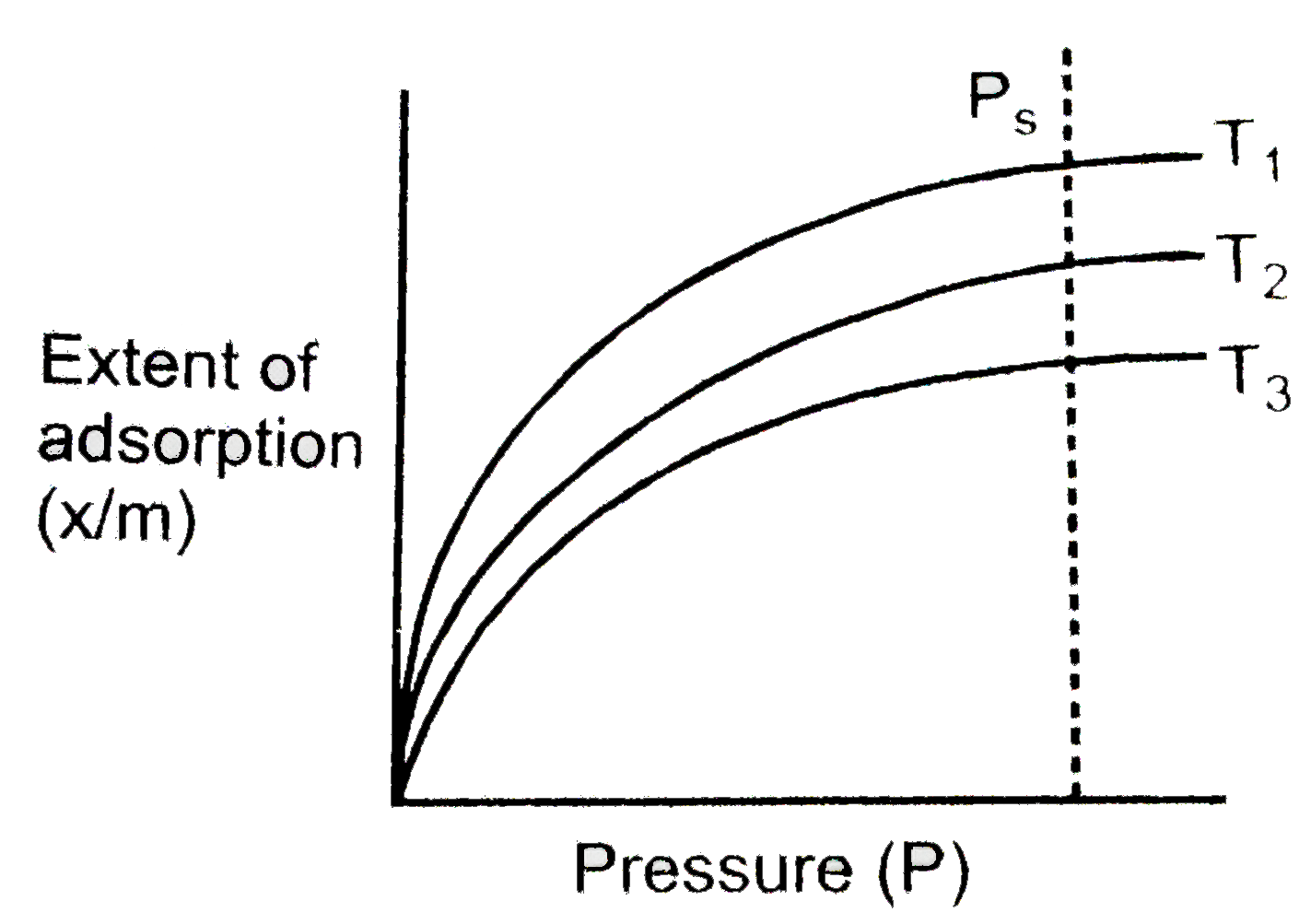Reaction A+B→C+D follows rate law .r=k[A]1/2[B]1/2 Starting with 1 M of A and B each. What is the time taken fro concetration of A become 0.1M?
(Givenk=2.303×10−2sec−1)
a) 10 sec
b) 100 sec
c) 1000 sec
d) 434 sec
Solution in Punjabi
10 sec
100 sec
1000 sec
434 sec
The correct Answer is:B
Step by step video & image solution for Reaction A+BrarrC+D follows rate law .r=k[A]^(1//2)[B]^(1//2) Starting with 1 M of A and B each. What is the time taken fro concetration of A become 0.1M? (Givenk=2.303xx10^(-2)sec^(-1)) a) 10 sec b) 100 sec c) 1000 sec d) 434 sec by Chemistry experts to help you in doubts & scoring excellent marks in Class 12 exams.
Updated on:21/07/2023Topper's Solved these Questions
- CHEMICAL KINETIC & NUCLEAR CHEMISTRYBOOK - NARENDRA AWASTHICHAPTER - CHEMICAL KINETIC & NUCLEAR CHEMISTRYEXERCISE - Level 1 (Q.3 To Q.32)
1 Videos
- CHEMICAL KINETIC & NUCLEAR CHEMISTRYBOOK - NARENDRA AWASTHICHAPTER - CHEMICAL KINETIC & NUCLEAR CHEMISTRYEXERCISE - Level 1 (Q.33 To Q.62)
2 Videos
- SURFACE CHEMISTRYBOOK - NARENDRA AWASTHICHAPTER - SURFACE CHEMISTRYEXERCISE - Level -2
1 Videos
Similar Questions
The following data pertain to reaction between A and B
S.No[A][B]RatemolL−1molL−1molL−1sec−1I1×10−22×10−22×10−4II2×10−22×10−24×10−4III2×10−24×10−28×10−4
Which of the following interference(s) can be drawn from the above data
(a) Rate constatnt of the reaction 10−4
(b) Rate law of reaction is k[A][B]
(c ) Rate of reaction increases four times on doubling the concentration of both the reactant Select the correct answer codes:
a) a,b and C
b) a and b
c) b and c
d) c alone
View Solutioncolumn Icolumn IIP.Zero order reaction1.t1/2α1[A]0Q.First order reaction2.t100%=[A]0/kR.second order reactions3.Involves at least two reactantsS.Pseudo unimolecular reaction4.[A]=[A]0e−kt
View Solutionfor the graph below, select correct order of temperture ?

View SolutionProve the following identity: (secAsecB+tanAtanB)2−(secAtanB+tanAsecB)2=1
View Solution(secAsecB+tanAtanB)2−(secAtanB+tanAsecB)2=1
View Solution(sec A sec B+tan A tan B)^(2)-(sec A tan B+tan A sec B)^(2)=1
View Solutionsec−1∣∣1410∑k=0(sec(7π12+kπ2)sec(7π12+(k+1)(π2))] will be
View SolutionReaction A+B→C+D follows rate law .r=k[A]1/2[B]1/2 Starting with 1 M of A and B each. What is the time taken fro concetration of A become 0.1M?
(Givenk=2.303×10−2sec−1)
View SolutionReaction A+B→C+D is started with 1 M of each A and B and follows the rate law
r=k[A]1/2[B]1/2
What is the time taken for the concentration of A to drop to 0.1 M (K=2.303×10−3sec−1)
View Solutionइन समीकरण को हल कीजिये sec−1xa−sec−1xb=sec−1b−sec−1a
View Solution(1+sec2θ)⋅√sec2θ−1= A)2secθB)sec2θC)2tanθD)tan2θ
View SolutionRate of disappearance of the reactant A at two different temperature is given by A rarr B (-d[A])/(dt)=2 xx 10^(-2) "sec"^(-1)[A]-4xx10^(-3)"sec"^(-1)[B] at 300 K (-d[A])/(dt)=4 xx 10^(-2) "sec"^(-1)[A]-16xx10^(-4)"sec"^(-1)[B] at 400 K heat of reaction in the given temperature range, when equilibrium is set up is :
View SolutionThe rate law for reaction A+B rarr C is Rate =K[A] [B] Given K=6.93xx10^(-4)M^(-1)sec^(-1) Find the time taken(sec) when concentration of [A] changes from 10^(-4) M to 5xx10^(-5) M Given: [B] =1M
View SolutionThe rate law for reaction A+B rarr C is Rate =K[A] [B] Given K=6.93xx10^(-4)M^(-1)sec^(-1) Starting with [A] = 1 M and [B] =2M what is the rate in (M sec^(-1) ) when [A] changes to 0.25 M?
View SolutionIf secAtanB+tanAsecB=2 , secAsecB+tanAtanB=k ,then k2=
(A) 2
(B) 5
(C) 4
(D) 1
View SolutionRange of sec−1[1+cos2x] is {sec−1a,sec−1b} then a+b =? (where [.] is GIF)
View Solution
